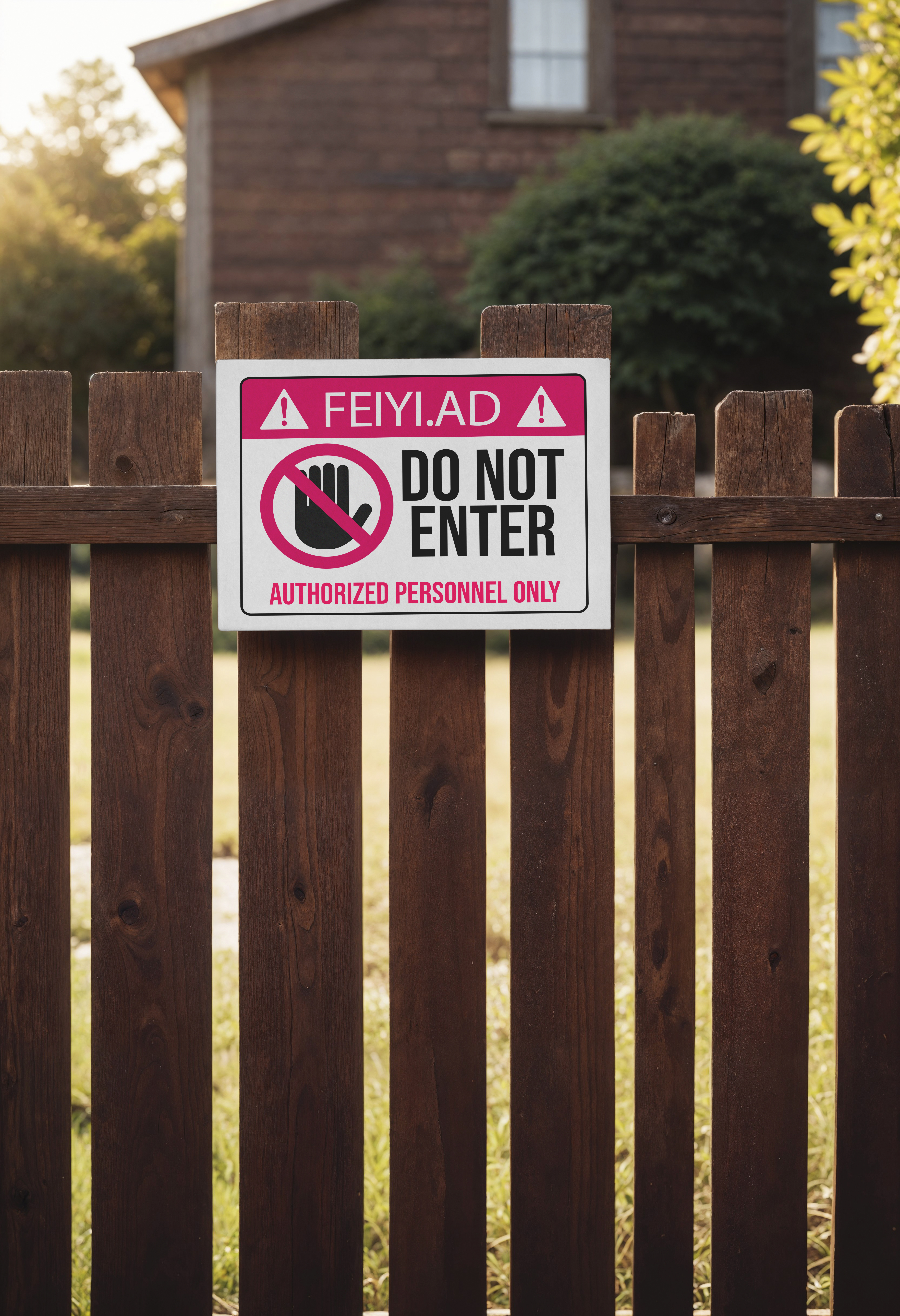Details
Prohibited Signs: Meaning, Examples, and Uses
Prohibited signs are visual symbols or notices that clearly indicate actions, behaviors, or items that are not allowed in a specific area. These signs play a crucial role in maintaining safety, following laws, and ensuring order in public and private spaces. Below is a detailed look at different types of prohibited signs and where they are commonly used.
1. Traffic and Road Signs
Purpose: To control vehicle and pedestrian movement for safety.
Examples:
No Entry – A red circle with a white bar blocks entry to vehicles,No Pedestrians – A walking figure crossed out means foot traffic is not allowed.,No Smoking – A cigarette with a red line through it bans smoking in the area and No Parking – A blue circle with a red “X” or slash prevents parking.
Design: Most traffic prohibition signs are round with a red border and a diagonal line for easy recognition.
2. Public Area Restrictions
Purpose: To manage behavior in shared spaces.
Examples:
No Trespassing – Warns against unauthorized entry, often with legal consequences ,No Loitering – Used in stores, malls, and private properties to prevent lingering and No Photography – Seen in museums, government buildings, and secure facilities.
3. Workplace Safety Signs
Purpose: To prevent accidents and enforce safety rules.
Examples:
No Open Flames – Found in gas stations, labs, and factories and no Mobile Phones – Bans phone use in hazardous areas like hospitals or explosive zones.
Hard Hat Required – Prohibits entry without protective headgear in construction sites.
4. Banned Symbols and Illegal Imagery
Purpose: To stop the use of offensive or unlawful symbols.
Examples:
Hate Symbols – Swastikas are illegal in Germany and other countries.
Gang Signs – Some areas ban gang-related graffiti or hand signals.
Fake Logos – Unauthorized use of trademarks is prohibited.
5. Cultural Differences in Prohibited Signs
Rules change depending on location:
In Japan, trains and buses often display “No Eating or Drinking” signs.
Some Islamic nations use signs to ban alcohol or require modest dress.
Key Points About Prohibited Signs
Easy to Understand – Clear symbols and words help people follow rules.
Follows Local Laws – Different regions have different regulations.
Consequences Apply – Ignoring signs may lead to fines or legal trouble.
Conclusion
Prohibited signs are essential for safety, security, and order. They appear in traffic zones, workplaces, and public areas, with designs that vary by country. Always check local rules when using or following these signs.
For more details on prohibited signs, visit our website.











There are no reviews yet.